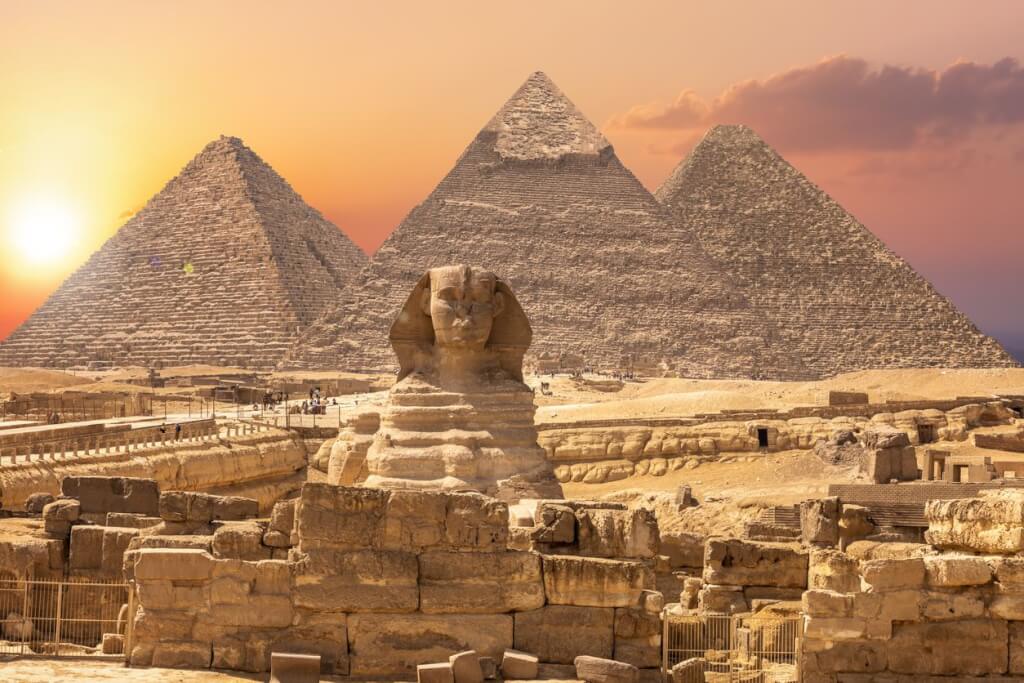Fragrant nose salt and the invention of the suitcase: how tourists managed to travel hundreds of years ago
'18.09.2020'
Source: Lenta.ru
How travelers got ready to travel in different eras and what bizarre attributes they trusted - says Lenta.ru.
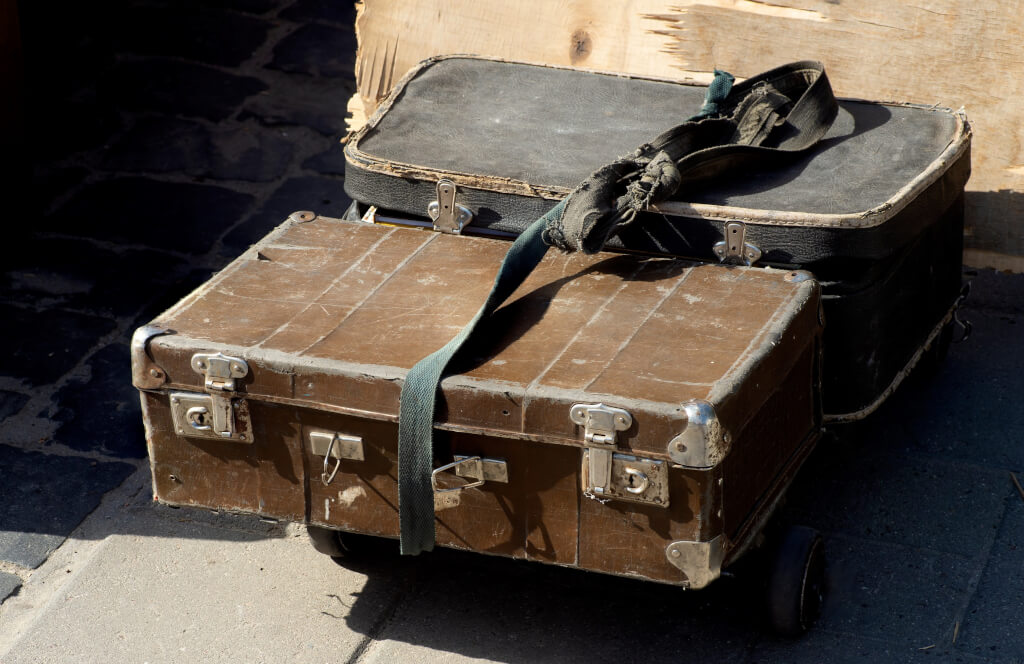
It is impossible to imagine an experienced tourist setting off on a long journey without high-quality equipment - almost any journey, even the most spontaneous and thoughtless, begins with collecting the necessary things. Over time, such a travel kit changed - some items went out of fashion, some lost their relevance due to technical innovations, and some simply became unnecessary and became a thing of the past.
a traveling mood
From time immemorial, wanderers needed something that could contain all the things that could be useful on a long journey. Once upon a time, such a function was performed by fabric knots, bags, wooden boxes, boxes painted with relief patterns and chests with massive metal locks - wealthy people kept luxurious outfits and expensive dishes in them, and pirates hid treasures by burying them in the sand.
The mysterious design with side handles, covered with waterproof fabric, went on sale in 1854 in a store on one of the Parisian streets and, with the light hand of young Louis Vuitton, became the prototype of a modern suitcase. At the same time, compact and comfortable travel bags, French sac voyage, appeared, which the traveler could easily carry on his own, without resorting to the help of porters. However, the carpetbag had a significant drawback - it was quickly worn out, because initially they were made from old unusable carpets.
On this topic: Why in the country of pizza and pasta there are practically no complete ones: the secrets of harmony of Italians
The current suitcases owe their wheels to the occasion: once an employee of an American transport company was returning from vacation with his wife, and at the moment when he was straining to pull on a couple of bags, a loader with a trolley rushed past them lightly - it was this design that prompted the inventor to think about transforming a travel bag ... A few years later, in the late 1980s, the American pilot added a retractable handle to a suitcase on wheels - and it finally acquired the look familiar to modern travelers.
Orientation - North
From time immemorial, for everyone who left the boundaries of their hometown or country, it was important not to get lost in the vastness of the Earth, among forests, seas, streets and alleys. In the absence of special devices, people learned to determine the cardinal points by different signs - they looked for where the bark is darker on the trees, on which side there is more resin or moss on the trunks, analyzed how anthills were built and at what distance from each other are the annual rings on the stump.

An intricate device, consisting of a marked plate and a spoon made of magnetite mineral with a thin handle and a spherical convex part, was invented in the XNUMXrd century BC. It is considered the first ancient compass: if a spoon was untwisted, its handle, stopping after rotation, pointed clearly to the south.
For a long time, the instrument was perceived as something supernatural and otherworldly due to the not fully understood mechanism of interaction with the planet's geomagnetic field.
On the subject: To Russia with love: the story of Samantha Smith, who became the Ambassador of Peace between the USA and the USSR
Over the years, the improved, as it was then called, "box of directions" became so valuable and expensive that it was the pirates who sought to capture it first of all on the ship after the battle. The box was later replaced by a GPS navigator - and now the tourist is able to accurately determine his location by decoding information from navigation satellites in orbit.
Will fly into the pipe
A true navigator and hero of some travel story can always be calculated by a set of specific attributes - and this is not only a tanned and weathered face, a massive backpack behind his back and worn-out shoes, but also, for example, a telescope peeping out of his pocket.
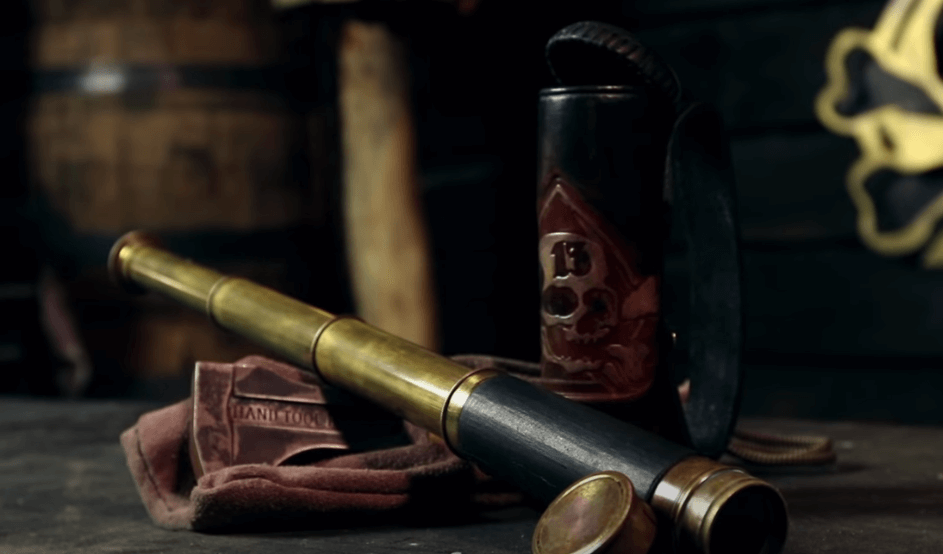
According to legend, for the first time a giant concave mirror with a lens was installed at the Alexandria lighthouse on the island of Pharos in order to watch the ships sailing from the coast. For many years, inventors were confused in drawings and sketches in order to repeat such a mechanism, but in reduced sizes. Finally, all eminent wanderers of the XNUMXth century began to take a paper tube with constantly falling out glass lenses on the road - Galileo Galilei's invention was very popular, despite its still short duration.
On the subject: 'Girl in a red swimsuit': the story of a waitress who swam across the bay with sharks to escape from the USSR
Modern tourists have a chance not only to examine in detail the objects in the distance, regardless of the observation conditions, but also to capture them in a frozen or moving state. Shop counters are packed with special equipment - sophisticated binoculars, telescopes, professional cameras with powerful telephoto lenses and advanced telescopes that allow you to see even clusters of stars in the night sky, even a predatory vulture flying high above.
Cases of the heart
Dozens of years ago, even a trip to a neighboring city could cost travelers a lot of money and effort, shake mental balance and health. As you know, everyone is unwell on the road in different ways: someone is tormented by overwork and stuffiness that leads to unconsciousness, someone tends to sleep and gets very sick, while someone, on the contrary, cannot fall asleep.
In the days of tight corsets and hard crinolines, every lady prone to fainting carried a bottle of snuff, a strong-smelling aromatic mixture of ammonium carbonate or ammonia and aromatic oils, known to alchemists. But in order to sleep better, wanderers in the old days used unsafe drugs: opium, morphine and cocaine have long been considered universal medicines, excellent sleeping pills and sedatives.

Now there is no need for potent substances - for tourists unprepared for long flights, rolling and shaking, a whole range of drugs and means have been invented that help to avoid difficulties on the way. Numerous medications, special plasters affecting the nervous system and vestibular apparatus, and even acupuncture bracelets for motion sickness with the option of acupressure help remove motion sickness with its lethargy and dizziness.
Boy don't you understand
In the past eras, travel was considered the prerogative of the rich - wealthy people could afford to improve their health in luxurious conditions, or simply relax in a big way from the gray everyday life. They moved in exquisite carriages, lived in contentment and luxury, and, as a rule, never made trips alone - they were always accompanied by a faithful servant.
Always on hand, he helped the gentleman climb into the carriage, relieved him of the need to carry chests and bales of things, cared about the starches of his shirts and the freshness of the sheets, took care of the timely serving and high quality of dishes and, in general, contributed to the embodiment of any of his desires in the shortest terms.
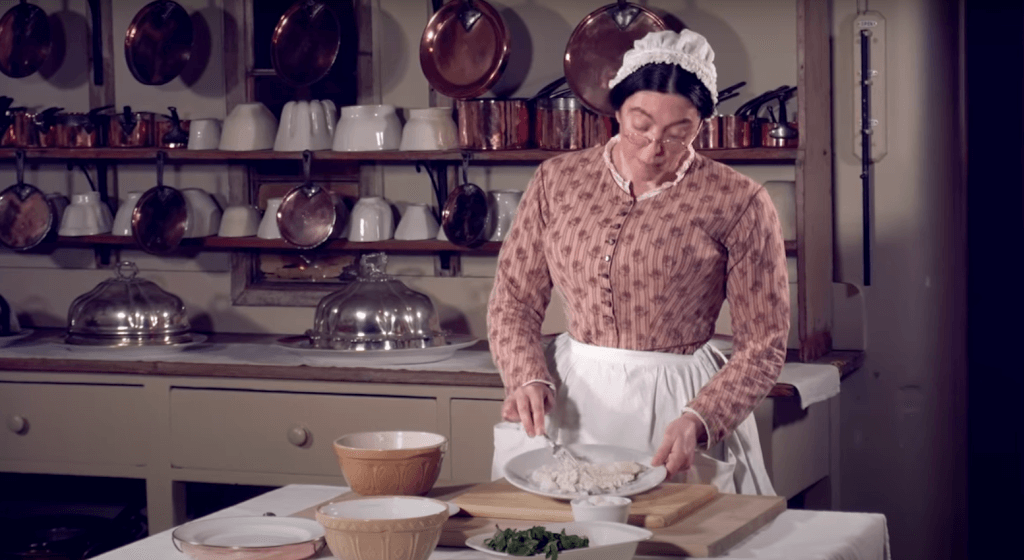
Nowadays, when slavery is prohibited on the territory of absolutely all countries of the world, technology, which has reached unprecedented heights of development, is called upon to fulfill the capricious whims of an individual. An entire journey - from airline tickets and location maps to travel vouchers and audio guides - can be stored within the tiny smartphone screen. One press of a button - and a taxi and a courier with a hot lunch rush to the vacationer, or he will instantly find out what kind of bizarre building in front of him is and where in an unfamiliar city they sell the most delicious pastries.
Defensive reaction
Leaving your own home is always an unsafe undertaking, and even leaving the borders of your home country can turn into a real risk. When mankind at different times was faced with pandemics of smallpox, plague, cholera, typhus, tuberculosis and malaria, for the majority of daredevils traveling the world despite common diseases, the issue of health and safety arose.
On the subject: 'I watched the earth approach': the story of the only survivor of a plane crash
In order to avoid vague prospects of getting infected, the wanderers defended themselves in different ways: for example, naively but confidently they hung them on their necks and belts, and fastened pomanders to the rosary and rings. The mysterious accessories were tiny, patterned, spherical containers that held aromatic substances - amber, musk, camphor, incense, civet, aromatic herbs and incense.
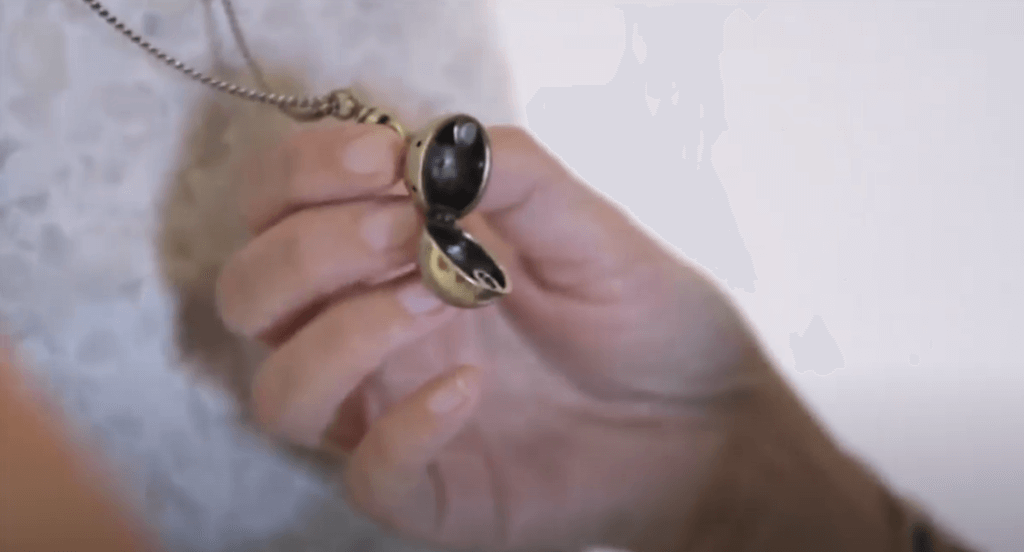
It was believed that their scent is able to overcome toxic substances in the air and protect the wearer from any infections.
Doctors have never stopped at what they have achieved - and today, in the era of the rampant coronavirus pandemic, the issue of personal protective equipment against the spread of pathogenic bacteria has become especially acute.
Now, in order to protect themselves, travelers wear medical masks and gloves during flights, swimming and crossings, and some even use the so-called "virus traps" - cell membranes that, according to scientists, can identify, absorb and deactivate pathogens.







